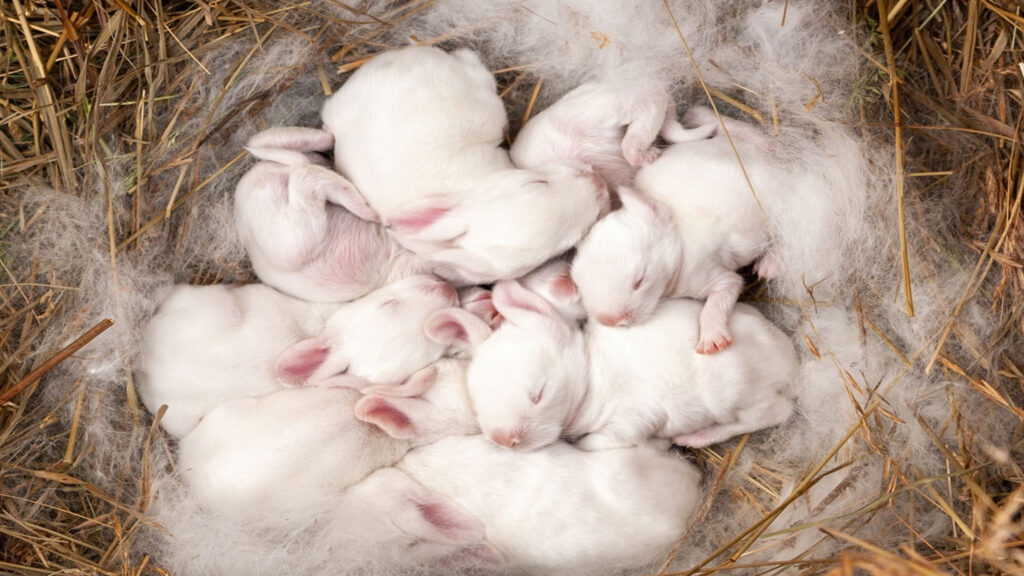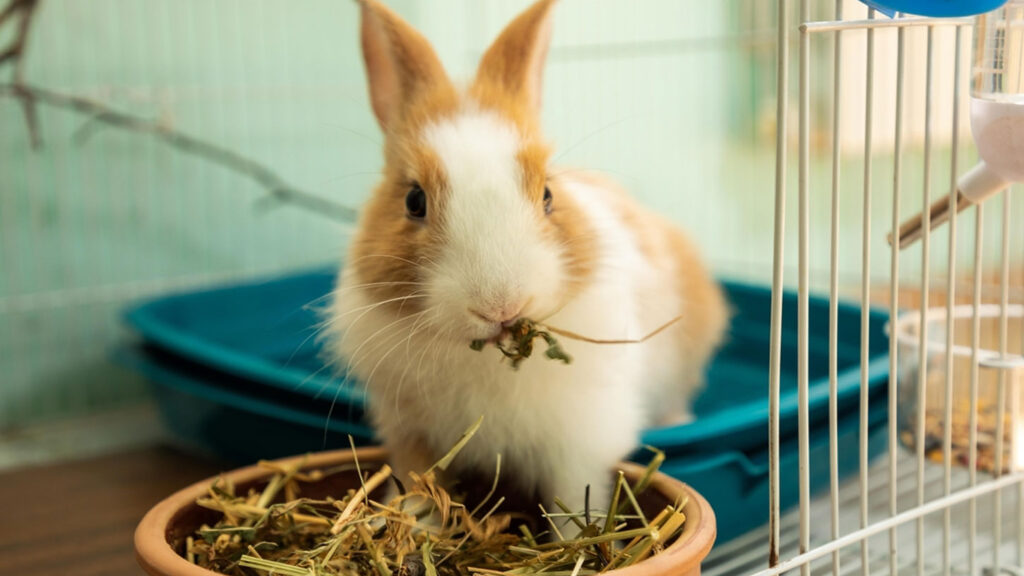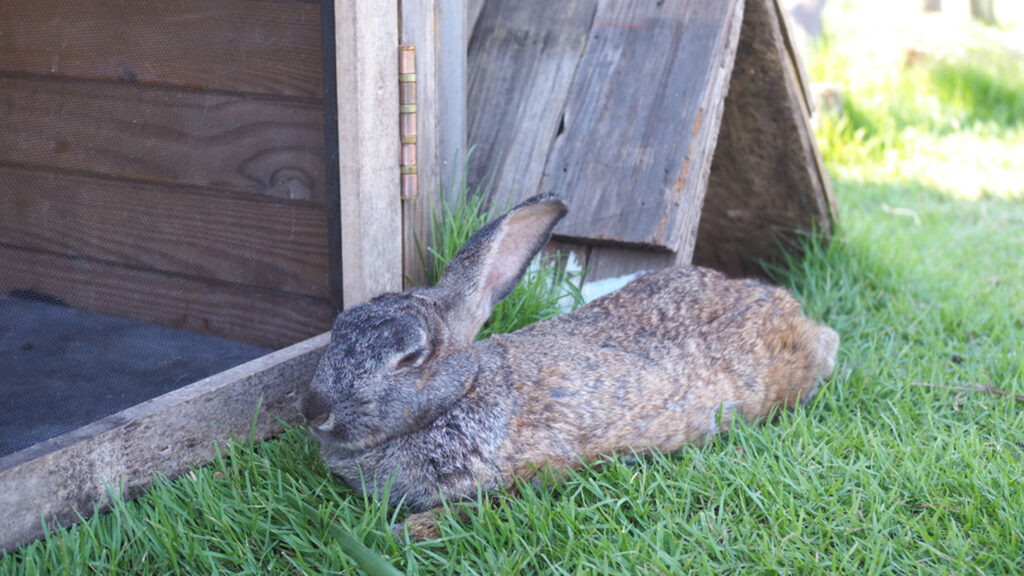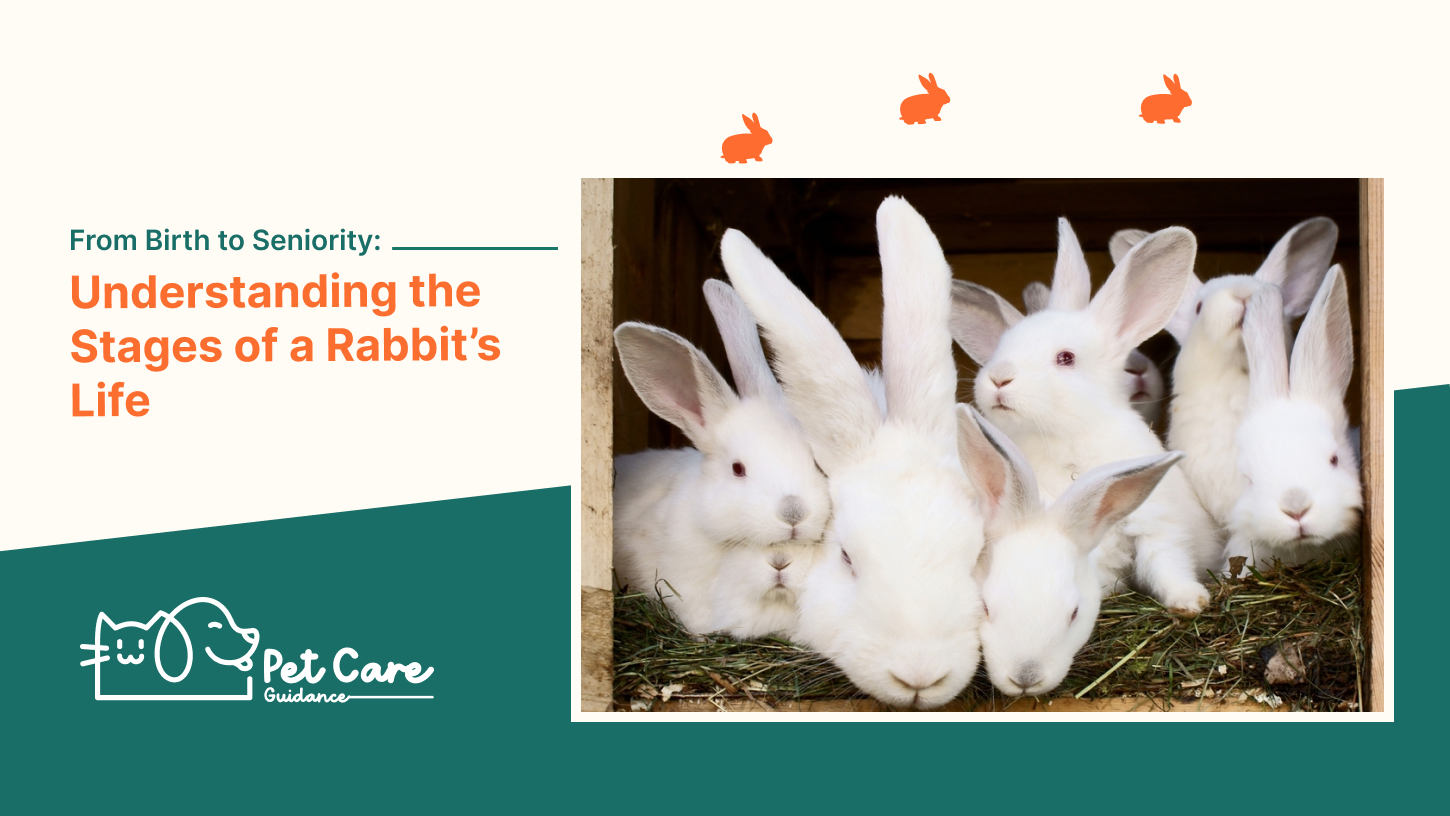The stages of a rabbit’s life include gestation, newborn, adolescent, teenage, young adult, middle age, and old age. From the moment a baby bunny is born, it goes through these various stages of growth and development.
As caretakers, it is important to understand and provide appropriate care for rabbits at each stage of their life. We will explore the different stages of a rabbit’s life, shedding light on their unique needs and behaviors along the way.
By gaining a deeper understanding of these stages, you can ensure the well-being and longevity of your furry friend.
Why Understanding The Stages Of A Rabbit’S Life Is Important
Recognizing the specific needs of a rabbit at each stage is crucial. When you get a little baby bunny, be prepared to care for your rabbit through all life stages. Rabbits go through many life stages as they grow older. This includes the gestation stage, newborn stage, adolescence, teenage years, young adult, middle age, and old age.
Each stage has its own set of requirements and challenges. For instance, during the gestation stage, it is important to provide proper nutrition and a comfortable environment for the pregnant rabbit.
As the rabbit grows, their dietary and exercise needs change, and regular vet check-ups become essential. By understanding and addressing the needs of your rabbit at each life stage, you can ensure their well-being and longevity.
Caring for a rabbit through all life stages
- Gestation stage: Provide proper nutrition and a comfortable environment for the pregnant rabbit.
- Newborn stage: Care for the newborn rabbits and ensure they receive adequate nourishment from their mother.
- Adolescence: Monitor the rabbit’s growth and provide appropriate diet and exercise to support their development.
- Teenage years: Continue to provide a balanced diet and encourage regular exercise to promote good health.
- Young adult: Maintain a healthy diet and ensure the rabbit receives regular veterinary check-ups.
- Middle age: Watch for signs of aging and adjust the rabbit’s diet and exercise routine accordingly.
- Old age: Provide extra care and attention to manage any age-related health issues and maintain the rabbit’s comfort.

Stage 1: Newborn To Four Weeks
During stage 1 of a rabbit’s life, which is from newborn to four weeks old, significant development occurs. This period marks the beginning of a rabbit’s life and is characterized by the development of basic senses and abilities. While newborn rabbits are born blind and deaf, they quickly begin to develop these senses within the first week of life.
Additionally, during this stage, newborn rabbits are entirely dependent on their mother’s care for survival. They rely on her for warmth, food, and protection. It’s essential to provide the mother rabbit with a comfortable and safe environment to properly care for her babies during this stage.
Stage 2: Growth Of Fur
During the growth stage of fur in a rabbit’s life, proper grooming and hygiene play a crucial role. The growth and development of a rabbit’s fur require regular maintenance to keep it healthy and free from tangles and matting. **Brushing** the fur helps to remove any loose hairs and prevents **hairballs** from forming in the rabbit’s digestive system. It also stimulates blood flow to the skin and promotes the growth of new, healthy fur.
Additionally, regular grooming ensures that the fur remains clean and free from **dirt** and **odor**. **Trimming** the fur around the rabbit’s **eyes**, **ears**, and **toes** is also necessary to prevent any vision or mobility issues. By providing proper grooming and hygiene, you can ensure that your rabbit’s fur remains **soft**, **shiny**, and in optimal condition throughout its growth stage.
Stage 3: Adolescence
During adolescence, rabbits go through significant physical and behavioral changes as they transition from childhood to their teenage years. Physically, rabbits experience a growth spurt and develop their adult fur. Their bodies become more elongated and their legs lengthen. Furthermore, their reproductive organs start to mature, and they may exhibit sexual behaviors.
Behaviorally, adolescence is a crucial stage for rabbits to learn socialization and training. It is important to provide them with opportunities to interact with other rabbits and humans to develop appropriate social skills. Training during this stage can help establish good behavior patterns and reinforce positive habits. Consistent handling and gentle guidance will help rabbits become well-adjusted adults.

Stage 4: Young Adult
In the young adult stage of a rabbit’s life, rabbits are in their prime years. This is a crucial stage in maintaining their health and well-being. It is important to provide them with proper nutrition and exercise to ensure their overall well-being. A balanced diet rich in hay, fresh vegetables, and quality pellets is essential for their growth and development. It is also important to regularly monitor their weight and body condition to detect any health issues early on.
In addition to maintaining their health, young adult rabbits may also be considered for potential breeding. This requires careful consideration and planning to ensure the health and welfare of both the rabbits involved. Breeding rabbits should only be done by experienced breeders who have a thorough understanding of genetics and the responsibilities that come with breeding.
Overall, the young adult stage is an important period for rabbits as they transition into adulthood and potentially become breeding rabbits. It is crucial to provide them with proper care, nutrition, and exercise to ensure their well-being and health.
Stage 5: Middle Age
|
Rabbits, like humans, experience changes as they age. In middle age, rabbits may start to show signs of aging such as graying fur, decreased activity levels, and changes in appetite. It is important for rabbit owners to adjust their care and diet accordingly. Providing a balanced and nutritious diet, along with regular exercise, can help keep middle-aged rabbits healthy.
|

Stage 6: Senior Rabbits
| Rabbits go through many life stages as they grow older. When you get a little baby bunny, be prepared to care for your rabbit through all life stages. |
|
In the senior stage, it is important to understand the needs of aging rabbits. Providing comfort and support is crucial to ensure their well-being. Old age can bring about various health issues, so recognizing signs of declining health is essential. Keep an eye out for changes in appetite, mobility, and behavior.
|
Frequently Asked Questions Of From Birth To Seniority: Understanding The Stages Of A Rabbit’S Life
What Are The Stages Of A Rabbit’S Life?
A rabbit goes through various life stages as it grows. From birth to adulthood, these stages include infancy, adolescence, young adulthood, middle age, and seniority. Each stage has specific care needs to ensure the rabbit’s well-being.
What Is The Progression Of A Baby Rabbit?
A baby rabbit goes through different life stages as it grows older. From newborn to four weeks, it experiences growth of fur. During adolescence, rabbits become teenagers and eventually enter middle age. In their senior years, rabbits reach old age, requiring special care.
What Is The Maturity Stage Of A Rabbit?
The maturity stage of a rabbit is reached when they are fully independent from their mother, usually around six weeks old. They are able to survive and mature on their own at this stage.
What Is The Life Cycle Of A Wild Rabbit?
A wild rabbit goes through different life stages, including gestation, newborn, adolescent, teenage, young adult, middle age, and old age. These stages involve growth, the development of fur, independence from their mother, and maturing into adult rabbits.
Conclusion
As we’ve explored the stages of a rabbit’s life, it’s clear that caring for a rabbit requires understanding their unique needs at each stage. From the adorable newborn phase to the energetic adolescence and the wisdom of old age, rabbits go through significant changes as they age.
By being aware of these stages, we can provide the best care and ensure a happy and healthy life for our furry friends. So, whether you’re a new rabbit owner or a seasoned one, embracing each stage is essential for a lifelong bond with your rabbit.


